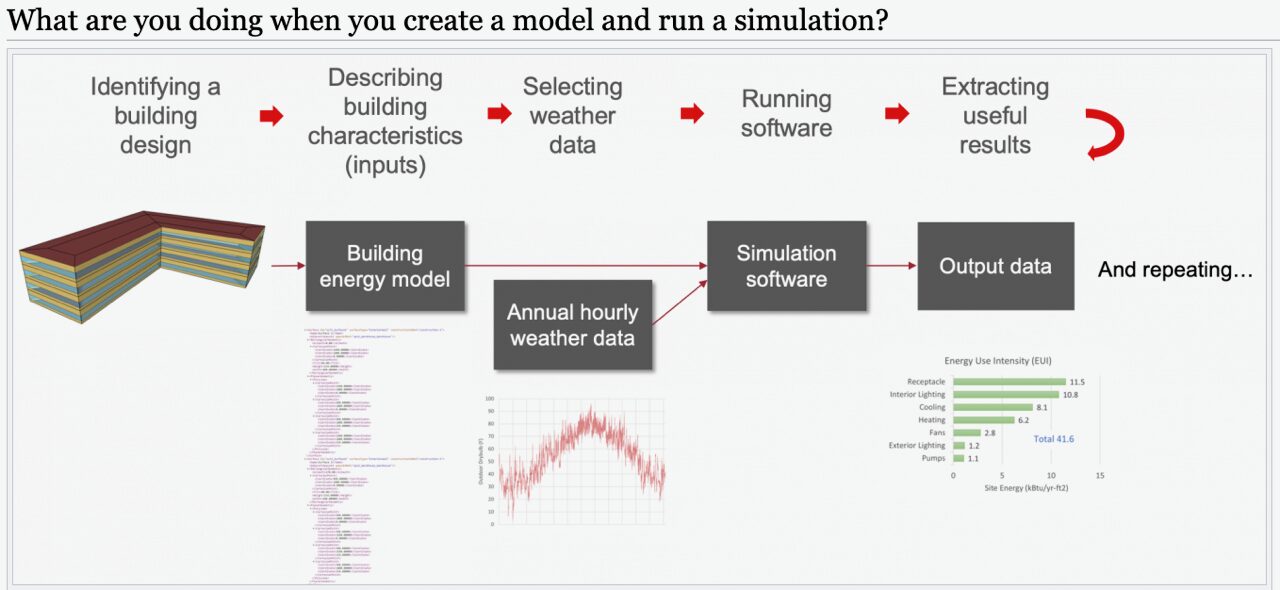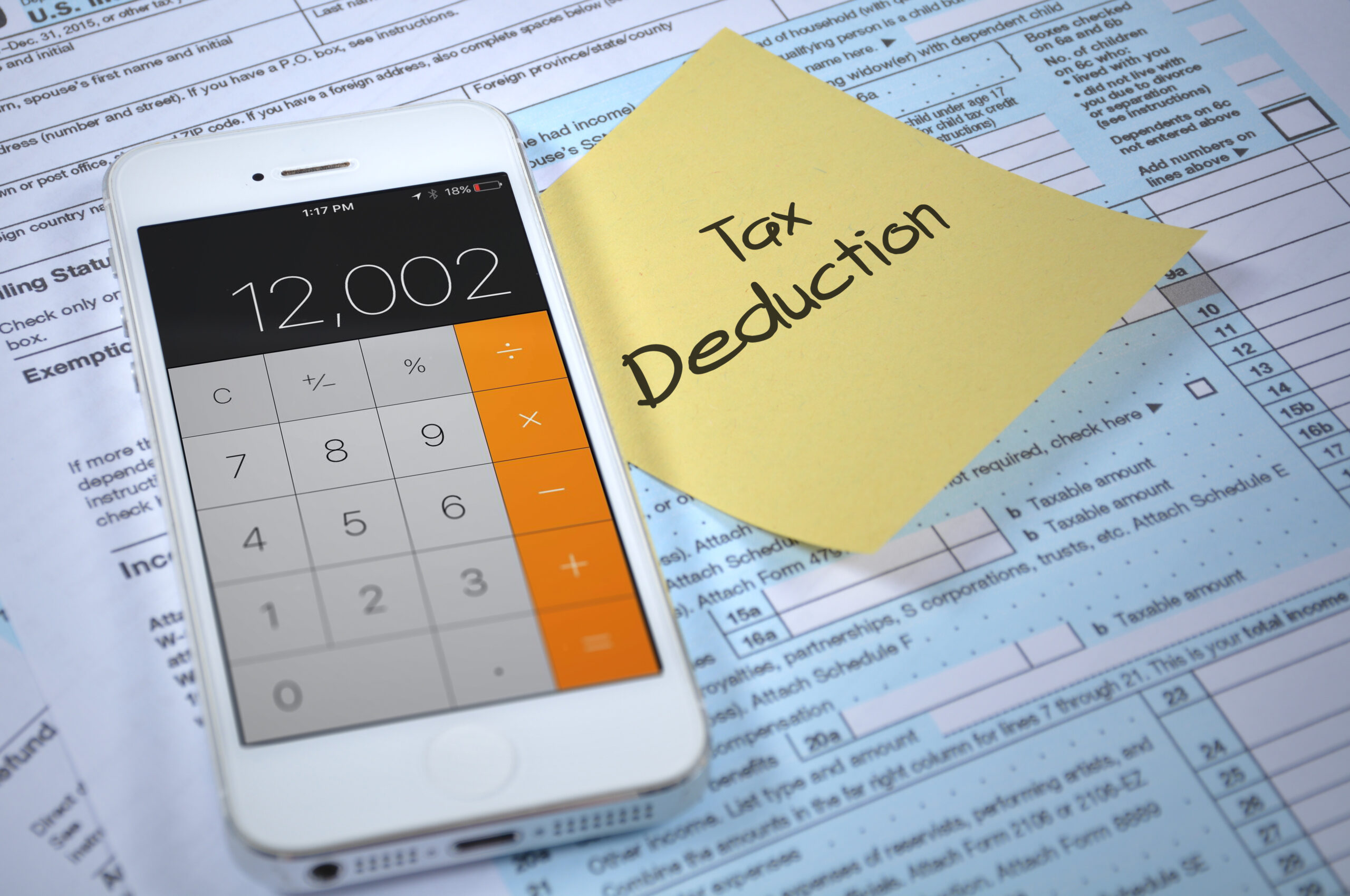What makes a good baseline? Are there deviations from guidelines to follow when modeling unique cases? What should you do when code baselines are behind current industry practice?
“-All About that Base”
Dear All About that Base,
After working as a reviewer for green building rating systems for over 5 years, I have seen many baseline energy models. For the context of this column, when I say “baseline,” I’m referring to the reference building model, as defined by an approved standard for determining energy savings for a new construction or major renovation project in a green building rating system. This baseline building is supposed to represent the expected energy use of the building if it meets the prescriptive requirements of the standard.

I think a good baseline is easily repeatable and applicable across all climate zones, building types, and different scenarios. One organization promoting a repeatable baseline is ASHRAE (American Society of Heating, Refrigeration, and Air-Conditioning Engineers), which starting with ASHRAE Standard 90.1-2016 uses a stable baseline. In ASHRAE Standard 90.1-2016, the Appendix G Baseline has a fixed level, making it easier for practitioners to understand how the baseline is created and for software developers to automate creating the baseline. Instead of the Appendix G Baseline changing every three years with a new release of Standard 90.1, it remains fixed at the 90.1-2004 version of Appendix G, and the target energy savings will be adjusted as necessary. Streamlining the baseline should benefit the industry greatly. Beyond helping the energy modelers and software developers, it also helps code authoring authorities and green rating system reviewers. For example, when the baseline remains fixed, then LEED reviewers only need to be experts in one baseline instead of having to understand multiple different baselines at the same time.

One thing to understand is that the Baseline building does not necessarily need to make logical sense. For example, I have seen project teams argue that the Appendix G baseline does not make sense for a hotel or motel building because it requires outdoor air to be brought in through the system that is serving the space itself instead of from adjacent spaces. It seems to be the practice that you provide ventilation to the interior corridor and transfer that to the hotel rooms via exhaust in the bathrooms instead of providing outdoor air directly through a packaged terminal air conditioner (PTAC) or packaged terminal heat pump (PTHP), which is what Appendix G requires. This might seem strange, since you could argue that there is not much benefit to a fake baseline that does not make logical sense. However, the important aspect of the Baseline building is that its energy usage makes sense as a reference for buildings across the industry. When I say “make sense” here, I mean from the perspective of a building of a similar type and size.

A unique case is when a custom baseline is needed. When you have a building with the majority of the energy composed of the process equipment end use then you will need to document your own custom defined baseline. Some examples needing custom defined baselines are data centers, manufacturing, and water treatment buildings. After the custom baseline is defined, design your building to be more efficient so that you can achieve process energy savings. Otherwise, process energy must be modeled the same in both the baseline and proposed models.
There are three ways to document a custom baseline in a LEED project:
- Provide a document published in the last five years of the start of the project’s registration in a green rating system that establishes the industry standard for the specific process equipment.
- Reference a utility program that incentivizes the proposed process equipment.
- Document that there are at least three newly constructed facilities that perform the same function as the project building that was built within the past five years of the start of the project’s registration in a green rating system that defines the industry standard practice for the specific process equipment.
Finally, the baseline may temporarily lag behind industry practice because energy codes and rating systems are updated at a slow and methodical pace. This means that you may be able to achieve a higher level of certification in the green building rating system than you otherwise would have. However, this is still fair because everyone else will also be compared against the same lagging baseline. It just means that you can strive for achieving all of the possible energy related points in the green rating system.
 Alex Chapin, PE, BEMP, LEED AP BD+C
Alex Chapin, PE, BEMP, LEED AP BD+C
Senior Energy and Sustainability Engineer, Mason and Hanger
alex.chapin@masonandhanger.com
Want to join our team of experts answering questions? Click Here






